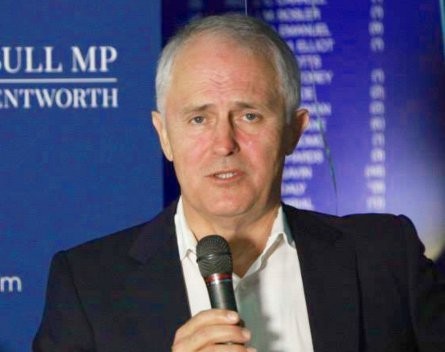
Communications Minister Malcolm Turnbull has issued a new statement of expectations to the NBN Co, placing a cap on public investment in the project of $29.5 billion and mandating that a mix of technologies be used to deliver the project.
The new statement gives NBN Co the discretion to act within the $29.5 billion public equity capital limit, with the balance of the $41 billion project to be funded by the private sector.
At this stage the NBN will remain a wholesale-access network operating on the lowest level of the network stack and will continue to make the network available to all access seekers on equivalent terms.
The government still expects the project to result in the structural separation of Telstra when the network is complete.
The letter also sees NBN Co formally adopt the Coalition’s multi-technology mix model, rather than only rolling out fibre-to-the-premises in wired areas.
The rollout will include sections of existing Optus or Telstra hybrid fibre coaxial (HFC) cable networks, trials of fibre-to-the-node (FTTN) technologies, and other technologies that can deliver at least 50 megabits per second to 90% of fixed line premises as soon as possible.
The government claims the use of the multi-technology model will save the NBN Co. $32 billion in delivering broadband services.
Areas identified as lacking in adequate broadband services in the government’s Broadband Availability and Quality Report will be prioritised for upgrades.
The statement of expectations will also require the NBN Co to have a higher level of transparency to Parliament.
Later this month, the government will receive a report from the second phase of its Strategic Review looking at the provision of services outside fixed wire areas, with the government also conducting ongoing negotiations with both Telstra and Optus.
Once those negotiations are complete, the government will deliver a Corporate Plan for the company.
Rodney Gedda from Telsyte told SmartCompany this morning new statement of expectations formalises many of the government’s existing plans on the National Broadband Network.
“It seems as though it’s a summary of the government’s existing policy changes since the last election, like the multi-technology model.
“In many cases it makes sense to utilise existing HFC networks as part of the rollout, which can currently run speeds of up to 100 megabits per second, and up to a gigabit per second in the future.
“Likewise, with fibre-to-the-basement, linking a multiplexer on a multi-apartment dwelling is more efficient than running fibre optic cable to every single apartment.
“However, when it comes to fibre-to-the node, we’re still stuck with the same speed degradation problems we get with ADSL copper.
“Really, it’s about how the government manages the process. There’s nothing wrong with using existing infrastructure to speed up the rollout, but it’s prudent strategy to also have an upgrade path for the future.”
Alongside the statement of expectations, the government has upgraded its MyBroadband website, adding more details about broadband availability and quality in their area, as well as line speeds.
In a statement, Turnbull says results from the speed test will be used to guide future rollouts.
“The results from the speed test will be collected and analysed by the Department of Communications and will help map internet speeds across Australia.
“I encourage all Australians to join the conversation at MyBroadband to help map internet speeds across the country.
“Once you click on the speed test tab, you will be asked to enter a valid address and answer some basic questions about your internet connection. You can then take the test and see your results.”
This article first appeared on SmartCompany.


COMMENTS
SmartCompany is committed to hosting lively discussions. Help us keep the conversation useful, interesting and welcoming. We aim to publish comments quickly in the interest of promoting robust conversation, but we’re a small team and we deploy filters to protect against legal risk. Occasionally your comment may be held up while it is being reviewed, but we’re working as fast as we can to keep the conversation rolling.
The SmartCompany comment section is members-only content. Please subscribe to leave a comment.
The SmartCompany comment section is members-only content. Please login to leave a comment.